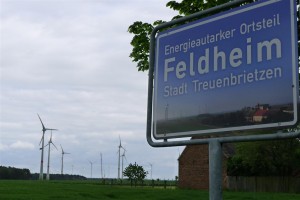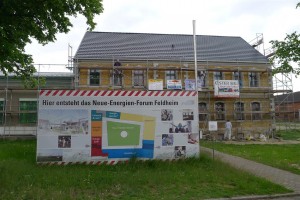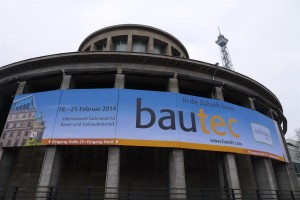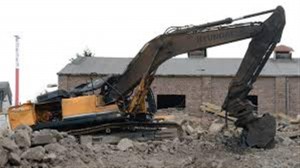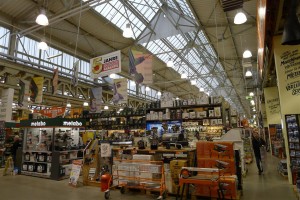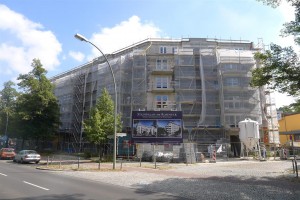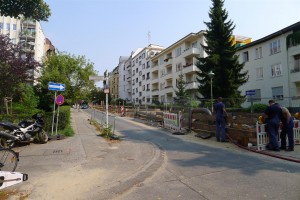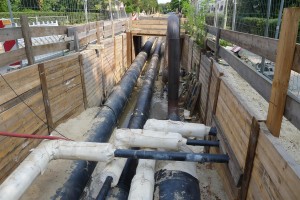A version of this post appears at GreenBuildingAdvisor.com.
From a distance, Feldheim looks like many other rural villages in Germany: a cluster of buildings surrounded by farmland and forests. The backdrop includes numerous wind turbines, but that’s not unusual in Germany’s breezy north. What is unusual is that there are two signs welcoming visitors to Feldheim: the typical yellow sign that is found at the edge of every village, and another in blue and white announcing that Feldheim is an “Energieautarker Ortsteil,” or an energy self-sufficient district. In 2010, Feldheim became one of the first villages in Germany to supply all of its own electricity and heat.
I visited Feldheim twice recently. During my first visit I met with Michael Knape, the mayor of Treuenbrietzen, the adjacent town to which Feldheim belongs. I had seen Mr. Knape give a presentation about Feldheim at a bioenergy village conference in Berlin, and I was eager to follow up with him. He suggested that we meet “at the construction site” in Feldheim. When I asked which one, he sounded surprised: “There’s only one.”
Finding the jobsite was not difficult. Feldheim has just one main street, and most of the village’s homes are on it. I pulled up to a two story building wrapped in scaffolding. Several masons were repointing brick and reproducing masonry moldings on the front of the building, while at the gable end, another crew was installing batts of mineral wool insulation on the walls. A large sign out front announced the Neue-Energien-Forum Feldheim, or “New Energy Forum Feldheim.” I noticed an electric vehicle charging station adjacent to the building.
As Mr. Knape and I settled into a temporary conference room that had been set up on site, I asked him “Why Feldheim? Why here?”
“In the early 1990s, ” he told me, “a graduate student named Michael Raschemann visited the village while looking for a location to install four wind turbines.” The conditions in Feldheim seemed promising because the area is windy, and the land surrounding the village is relatively flat. In his subsequent discussions with the villagers, Mr. Raschemann proved adept at addressing the villagers’ concerns and winning their trust. He even offered local residents the opportunity to invest in one of the four wind turbines — a wise investment, as it turned out. The story of Feldheim becoming energy self-sufficient is largely about the successful public-private partnership between Energiequelle, the company that Mr. Raschemann founded, and the village of Feldheim. Continue reading

